:quality(75)/cloudfront-us-east-1.images.arcpublishing.com/elcomercio/4WXN4RZ7VZFJXMF26NCVECOKC4.jpg)
When archaeologist Zhao Kangmin answered the phone one day in April 1974, all he was told was that a group of farmers had found some relics while digging a well.
Desperate to find water in the midst of a drought, farmers dug three feet when they came across hard, red earth. Below, they found life-size ceramic heads and several bronze arrowheads.
LOOK: “Zelensky wants to confront Putin anywhere”: growing evidence that Ukraine is fighting Russia in Sudan
It could be an important discovery, Zhao’s boss said, so he should go and see it as soon as possible.
Zhao, a local farmer turned museum curator in central China’s Shaanxi province – who died in 2018 at age 81 – had a hunch about what it could be.
The Qin era
Zhao knew this figures were buried in the past in the area near the city of Xian, not far from the tomb of China’s first emperor, Qin Shi Huang.
A decade earlier, He himself discovered three crossbowmen kneeling. But he was never sure that they dated back to the time of the emperor, who first unified the nation of China under the short-lived Qin dynasty (221-206 BC).
But what this expert was about to discover surpassed anything he had imagined.
The peasants found one of the greatest archaeological finds of the 20th century: an army of about 8,000 terracotta soldiersdesigned on an industrial scale 2,200 years earlier to defend the emperor in the afterlife.
Was a ghost army complete with horses and carriages, hidden underground and never seen by the living.
Zhao headed to the discovery site with a colleague. “We were so excited that “We were cycling so fast it felt like we were flying.”he would write later, in an essay in 2014.
He once told British historian John Man that when he arrived he saw “seven or eight pieces, pieces of legs, arms and two heads, near the well”.
He said he immediately realized that They were probably the remains of statues from the Qin era.
They told the farmers to stop their work. They had found the pieces weeks before and, indeed, They had already sold some of the arrowheads bronze for scrap.
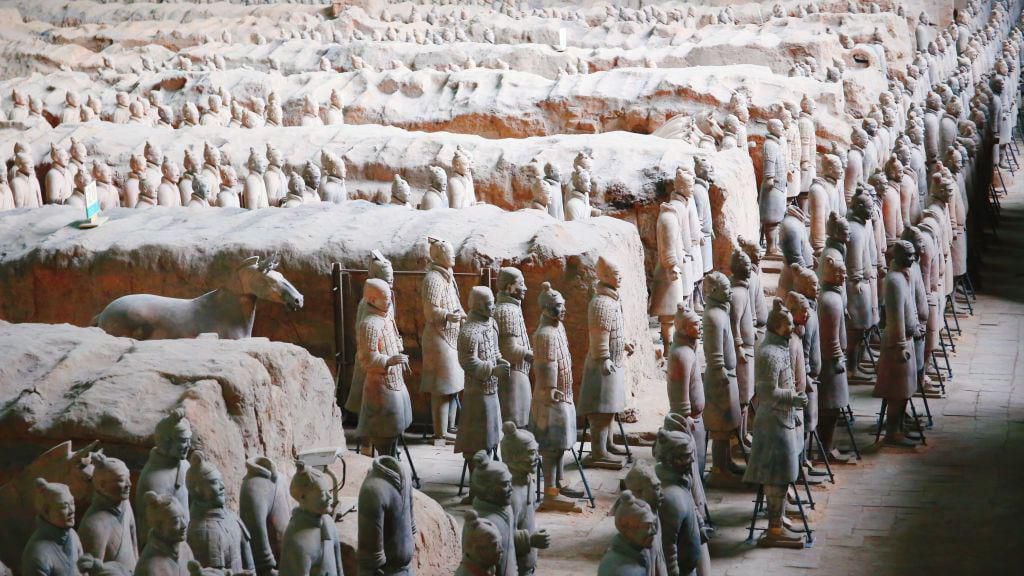
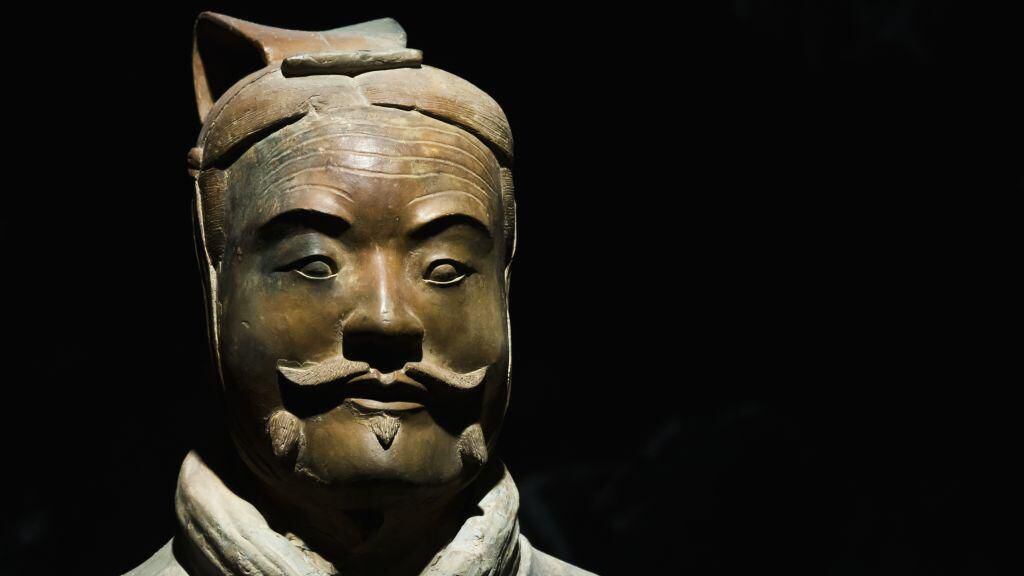
The relics were collected and taken to the museum in trucks. Zhao began laboriously assembling the fragments. Some, he later said, were the size of a fingernail.
After three days of work, two imposing terracotta warriors stood before him, each 1.78 meters tall.
The fear
Although Zhao was encouraged by this incredible discovery, he was also nervous. In 1974, China was in the final stages of Chairman Mao’s Cultural Revolution, under which the feared Red Guards sought to destroy ancient traditions and ways of thinking to “purify” society.
Zhao, as Man told in his book “The Terracotta Army”, was subjected to a “self-criticism” session in the late 1960s, as a person “involved with old things.”
So now, even though the worst excesses of that period had passed, Zhao worried about what might happen to the statues.
AND decided to “keep it a secret”, restore the pieces, “and then wait for the opportunity to report it.”
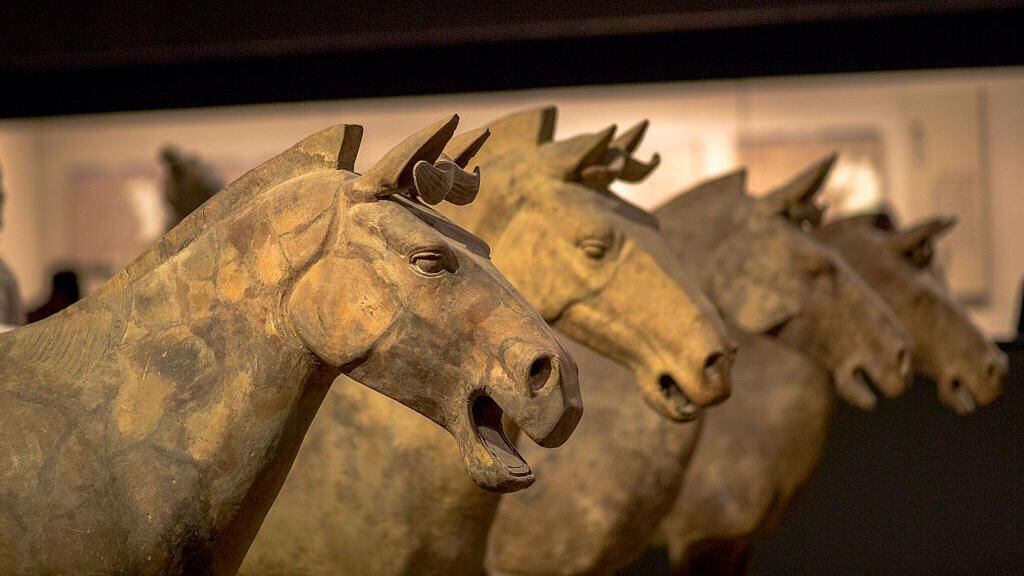
But their plans were changed by a young journalist from the state-run Xinhua news agency, who came across the statues while visiting the area.
“He asked: ‘This seems like a great discovery. Why aren’t you reporting this?“.
Ignoring your pleas, The journalist published the discovery and the information reached the leadership of the Communist Party. However, Zhao’s fears that the relics might be vandalized for political reasons turned out to be unfounded.
Beijing authorities decided to excavate the site and in the following months more than 500 warriors were discovered.
A huge mausoleum
As the work continued, the extraordinary scale of what the first emperor – a ruthless man who defeated six states to unite China under an imperial system that lasted until 1912 – became clear.
He ordered to create an underground project, which in total covers 56 square kmshortly after ascending the throne at age 13.
The thousands of warriors were placed in battle formation, ready to Defend your emperor from what may await him in the afterlife. It was a detailed work, with dozens of different types of heads, and there were 100 chariots and tens of thousands of bronze weapons.

O Tomb of Emperor Qin Shi Huang remains sealed. There could be thousands of precious artifacts inside.
But the risk of opening it and cause irreparable damage whatever is inside has been holding back the Chinese government until now.
International recognition… but not for Zhao
In 1975, a year after excavations began, it was decided to open a museum at the site. Meanwhile Excavations continued during the following years, Word spread about the magnitude of the discovery.
Foreign leaders and some tourists began to visit the place.
But it took a few years for the site to receive global recognition. It was declared World Heritage Site by UNESCO in 1987.

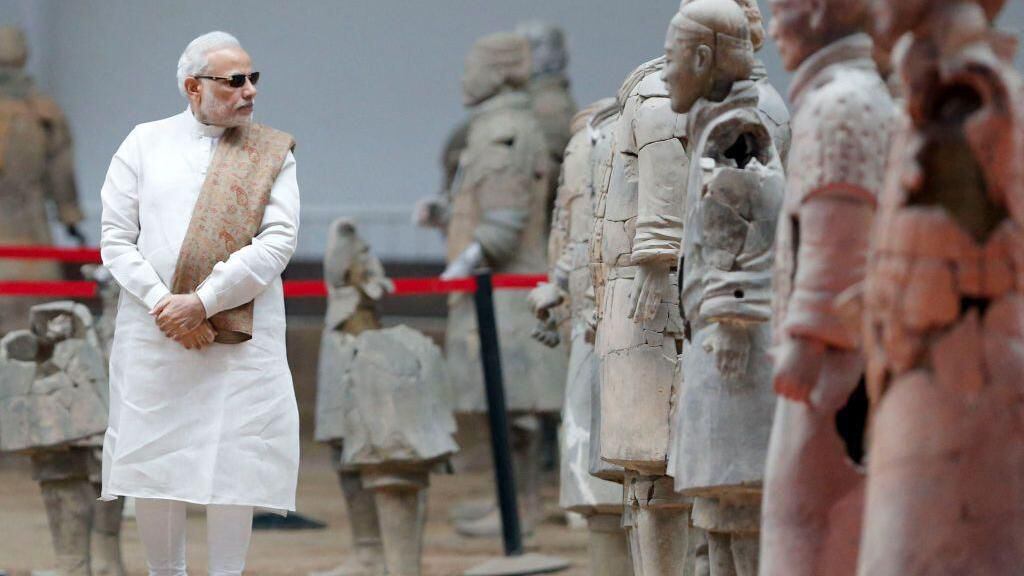
Today, the Terracotta Warriors are widely recognized as a national treasure of China. But there is a sense that Zhao’s personal role in the discovery has never been fully recognized. He is not known in China.
In his place, one of the peasants, Yang Zhifa, who supposedly unearthed the first piece, is introduced to visiting tourists as the person who discovered it to the warriors.
For years, he sat in the Museum of Terracotta Warriors and Horses, signing books silently and without smiling. It was he, not Zhao, who traveled abroad to tell his story.
In 1998, during the visit of then US President Bill Clinton, it was Yang who shook his hand.
A few years ago, he admitted that he only went to see the restored army in 1995, when the manager of the the museum gift shop asked him to sign books.
“He told me he would pay me 300 yuan (about $50 a month). I thought ‘not bad,’ so I came,” she told China Daily. Three other peasants later joined him and his salary was tripled. But everyone complained about it They were never adequately rewarded for their discovery and, in fact, had their land confiscated. to create the museum.
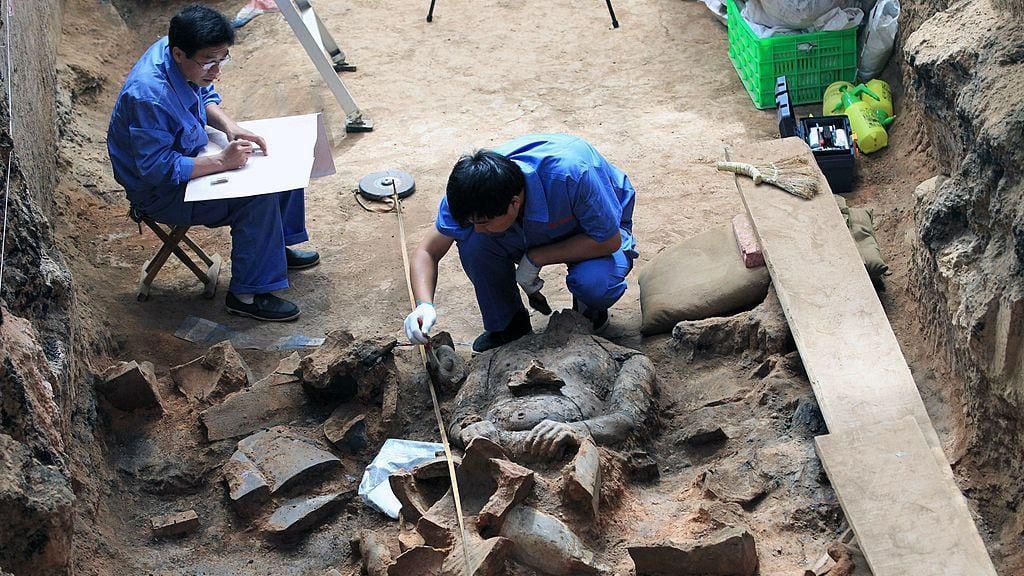
Three of the seven members of the original group of farmers died in horrific circumstances. One hanged himself in 1997, two others They died over the age of 50, with no money to pay for medical careaccording to the South China Morning Post.
A local guide, Liu Guoyang, had never heard of Zhao Kangmin, but said impostors approached visitors, posing as Yang Zhifa or one of the other peasants.
The first to recognize the value of discovery
Zhao was furious when, in 2004, the four surviving peasants asked to be recorded as the discoverers of the warriors. They received no response.
“All they want is money,” Zhao told China Daily. “Seeing does not mean discovering. Peasants saw fragments of terracotta, but did not know they were relics cultural, and even broke them.”
“I was the one who stopped the damage, collected the fragments and reconstructed the first terracotta warrior”.
If he hadn’t shown up, he told Hohn Man, “it would have been a disaster.”
Wu Yongqi, director of the Terracotta Warriors Museum from 1998 to 2007, agrees.
Without it, Wu said, the extraordinary discovery could have been delayed for years.

Unlike the peasants, who signed books for the hordes of tourists at the main Terracotta Warriors museum, Zhao remained at the much smaller Lintong museum. Until In his later years, he could be found sitting next to some warriors he had restored, chatting with curious visitors.
Although he never achieved fame or fortune, Zhao seemed pleased with the recognition he received, proudly saying that during the initial excavation, an envoy from Beijing had told him that he “made a great contribution to the country”.
In 1990, it was personally recognized by the State Council and received a special pension. He leaves a wife and two children.
Zhao’s view of his own iconic position in Chinese history, regardless of what others say, is clear.
At the Lintong Museum, he signed postcards and tourist books with an extravagant description: “Zhao Kangmin, the first discoverer, restorer, connoisseur, namemaker and excavator of the Terracotta Warriors”.
Source: Elcomercio
I am Jack Morton and I work in 24 News Recorder. I mostly cover world news and I have also authored 24 news recorder. I find this work highly interesting and it allows me to keep up with current events happening around the world.






